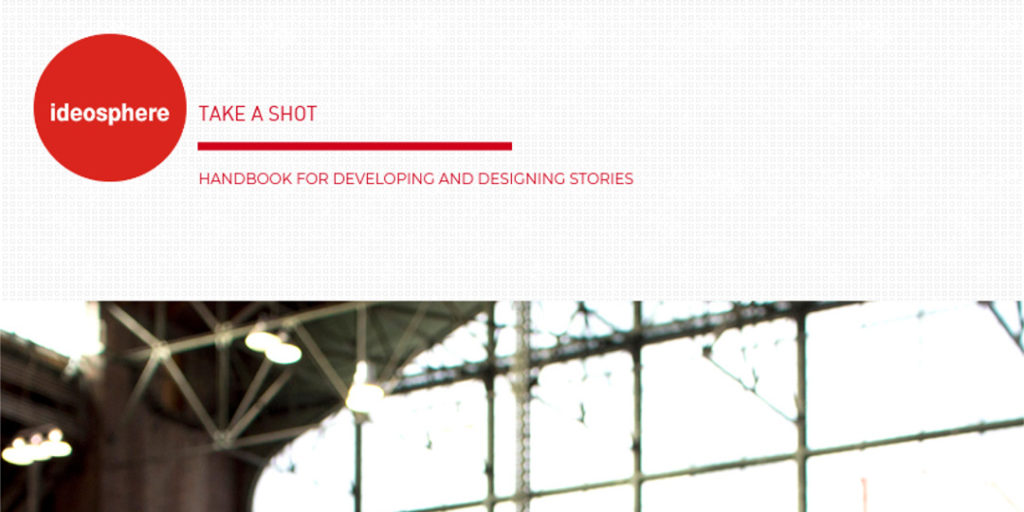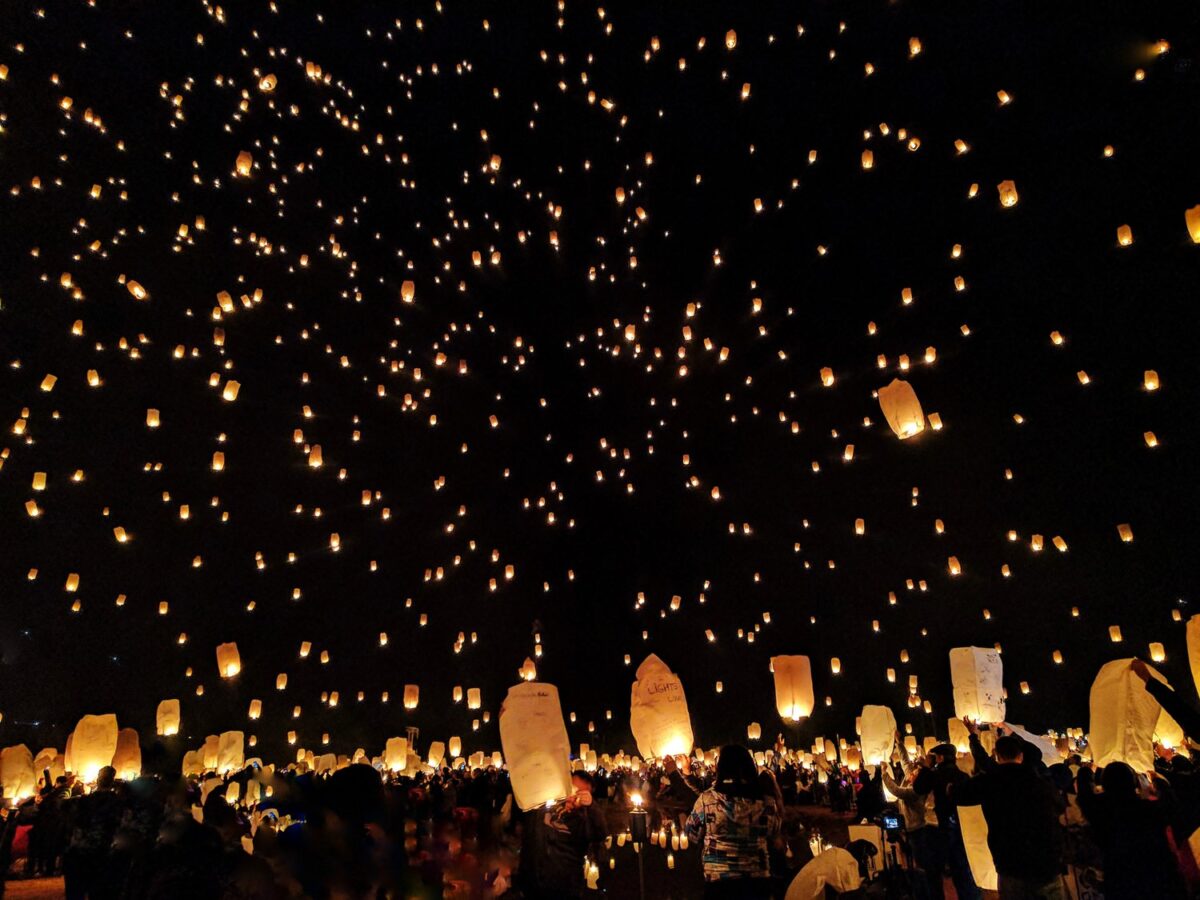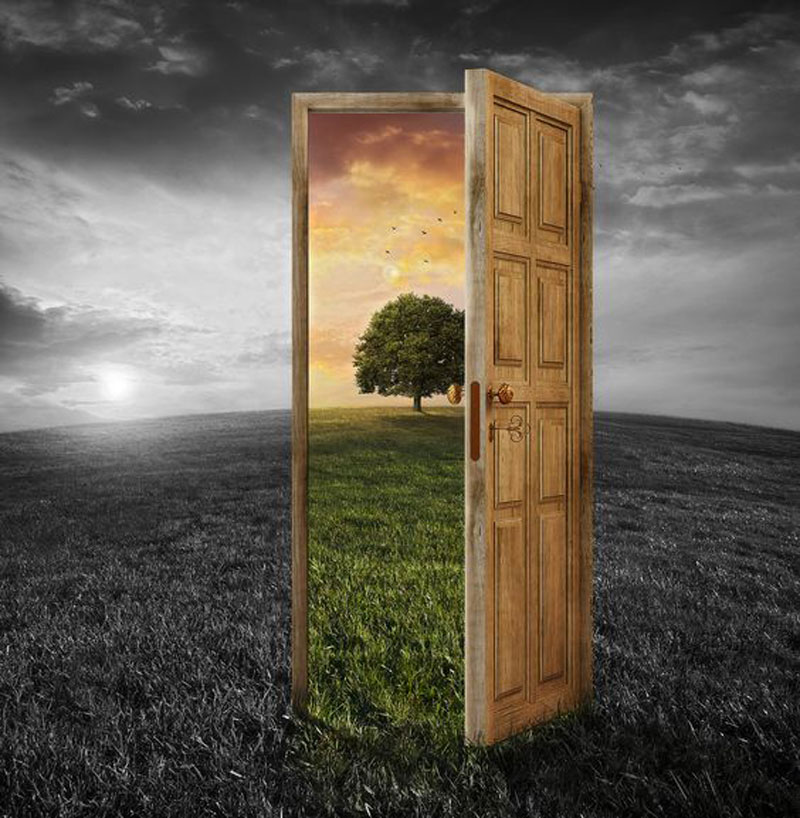Are our festival campaigns truly festive?
It’s that time again! Colours, flowers, sweets, fun, frolic, and brand campaigns!
Has to be festival-time, right? And world-over, this is the time when audiences are the happiest, and (most crucially) in a mood to celebrate, indulge, and spend!
With Holi and Ramadan around the corner, this has given a perfect opportunity for brands to bring together two cultures. According to the Indian audience, it is important for brands to advertise them in a story-led format, which is crisp and meaningful. Our audience tends to relate their situations to the advertisements, and they start connecting themselves with messages portrayed via brand advertisements.’
- Arpita Chavan, Region Head
The potential to leverage emotion, and celebration is massive, especially in a country driven by Bollywood, and community. There is no end to the list of festival campaigns we have created, year on year, season on season, like clockwork, there will be festive ads.
Most recently, came the much-debated Surf Excel ad, which, at its core talks about helping your neighbour. We have empathy, neighbourliness, acceptance, all packaged with the overall “Daag Acche Hain”…
And what did the audience take from it? Offense!
Are we doing something wrong?
‘Representing culture through brands can be slightly tricky. In this digitally led age, it is imperative that we consider how our consumers might react to our campaign messages. Even if the campaign was tied to a simple message, it is easy for people to read tangentially into the message and create a backlash on social media, because freedom of expression!’
- Monica Mantri, Region Head
One must question why we see these tangential reactions, all this offense, over a simple washing powder ad… And the roots may be in the manifestation of festive campaigns over the past few years.
Ask yourself:
- Are we still talking message, or are we talking sale?
- Are we overestimating the strength of the messages we create?
- Are we listening hard enough, and thinking deep enough?
- Do we know enough about the audience?
There are really strong examples of brands that have successfully captured & held the attention of their audiences. Brands which have not only successfully grasped the cultural nuances, but also the changing mediums & sensibilities. We are a multi-dimensional nation, and our audiences must be spoken to as specific people, and not a faceless mass.
‘When I look back today, there is one campaign that reminds me of home and the festive season – the Shalimar’s Coconut Oil Durga Puja ads. They had been a pioneer in capturing Bengal’s passion and ecstasy centered around the festival, through its memorable Puja Campaigns. During the last decade, Shalimar’s Durga puja jingle has gradually become an anthem of this festival.’
- Rajarshi Bhattacharjee, Region Head
Food, fun, community, celebration, and happiness… Sounds like the easiest mix to build a successful campaign out of. So, why is it this tricky to hit the bullseye with a festival campaign?
Simple.
Festivals are more than a trendy hook. They are built on traditions, people, and emotion; and the stories they represent are much deeper.
These are the stories on which our cultures are formulated. They have been the pillars for all our diverse personas and beliefs, since centuries. For the believers, it’s the tales of their Gods & Goddesses, for the non-believers, it’s still a time of all-pervasive celebration. How can a hasty brainstorm, and a quick campaign do justice to such ingrained traditions?
Are we saying we should not create festival campaigns? Of course not! It’s an undeniably positive time for a brand to communicate with the audience. But we have to be careful to treat the event with the respect it deserves.
Forget that it’s a ‘topical day’ and let yourself live the celebration! Be human, and not the ‘brand’ for a little while, and you’re sure to find that spark of celebration. It won’t come through a hastily emailed brief, nor a quick conference call. A festival is celebrated at every Indian home with hours, sometimes months of preparation. Your brand is no different.
Put some heart into it!









